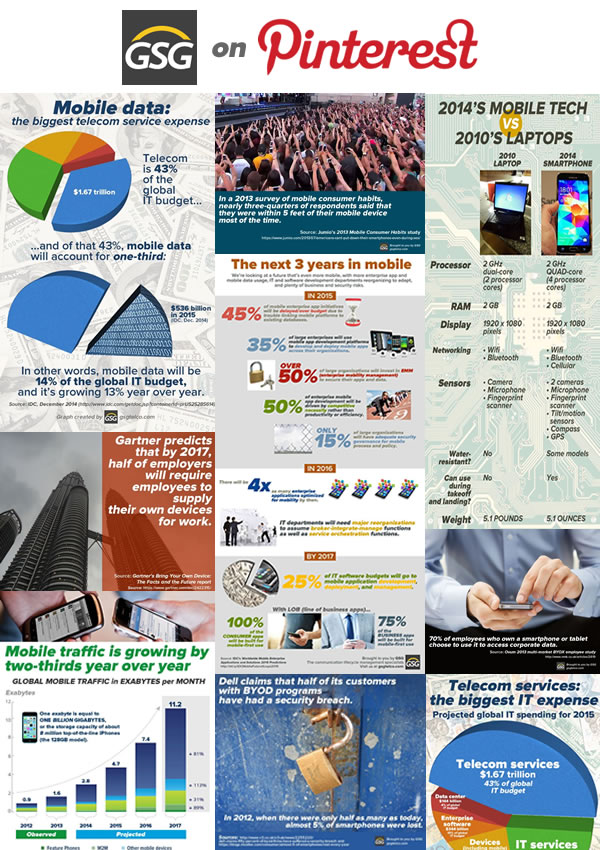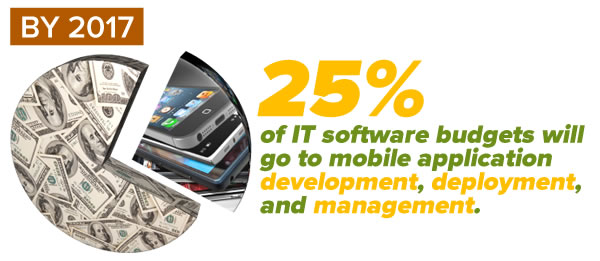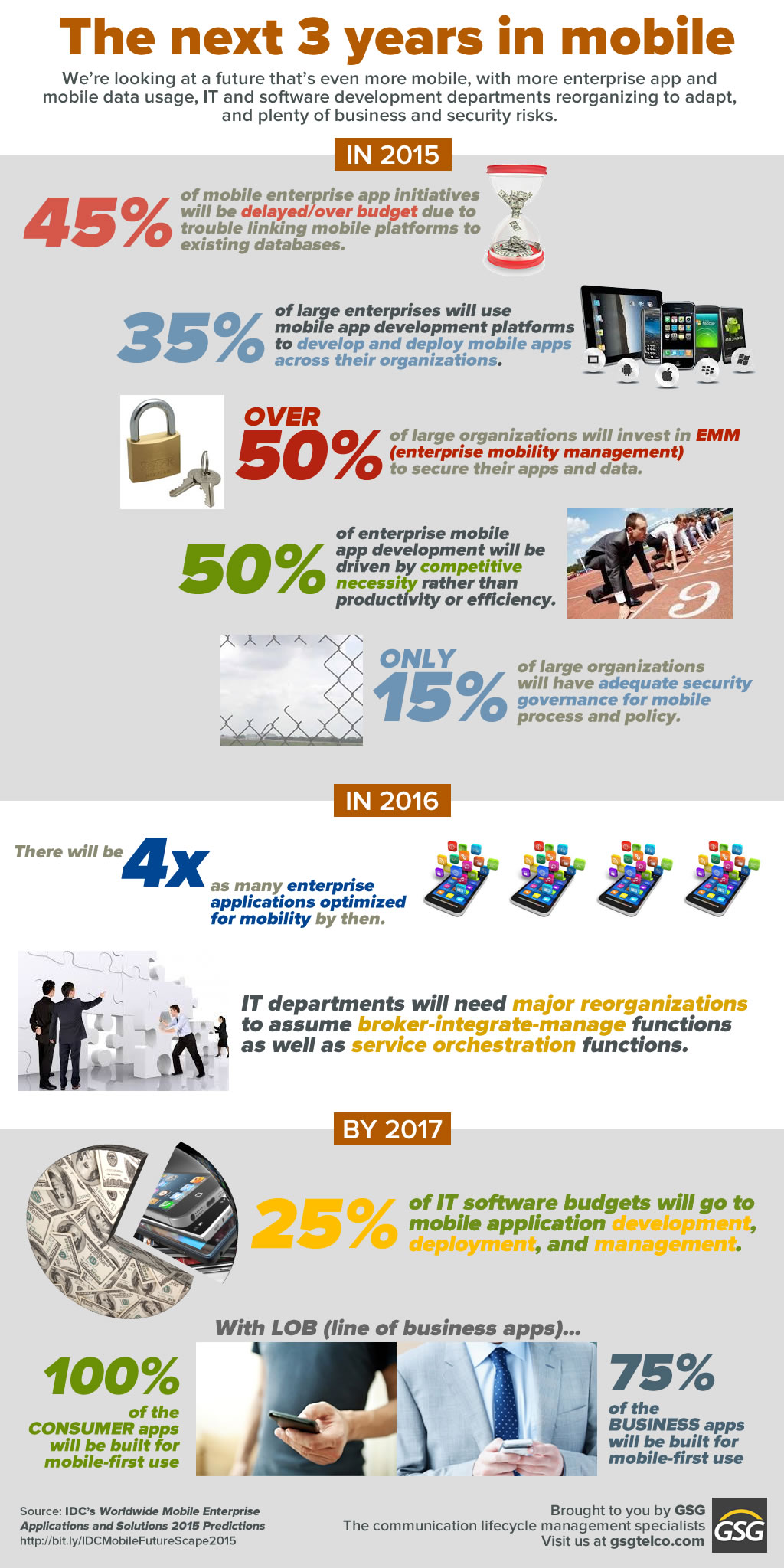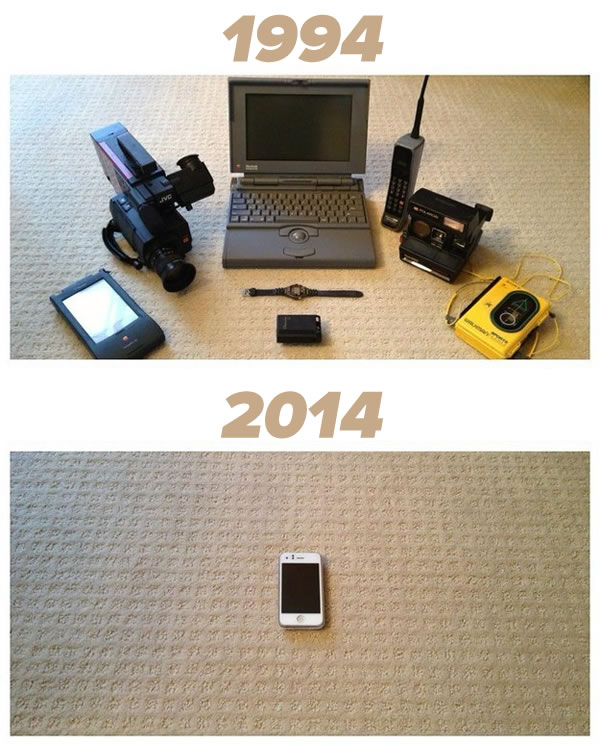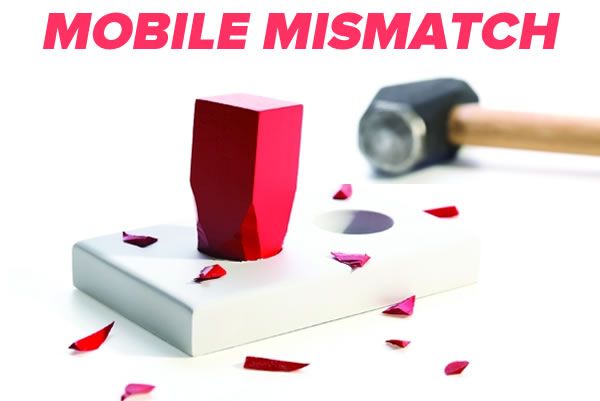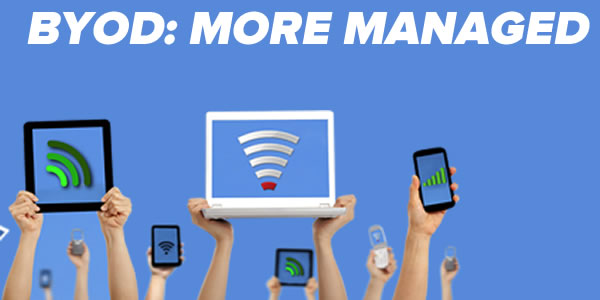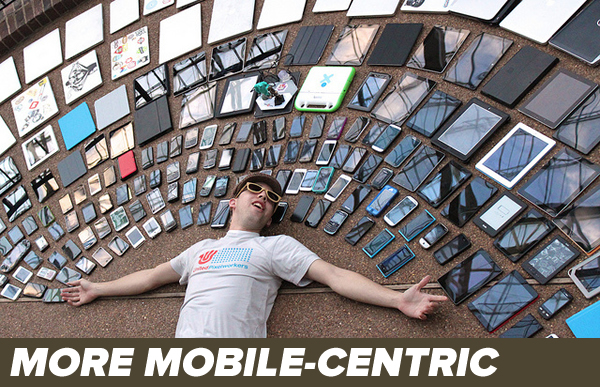
Back in July — a mere five months ago — Apple and IBM announced their partnership to create enterprise apps for iOS, which goes by the name MobileFirst. The idea was to combine Apple’s iOS, the preferred mobile operating system in the enterprise, and back it with IBM’s enterprise development expertise and cloud-based big data and analytics. The first fruits of that collaboration were announced today: a set of apps catering to businesses in the fields of air travel, banking and financial services, insurance, retail, and telecom. The apps are designed to be customized for individual companies by IBM, and they’ve already signed on some notable customers including Air Canada, Banorte, Citi, and Sprint.
If you’re used to enterprise software looking like this…

Click on the image to see it at full size.
…you may be pleasantly surprised by the MobileFirst apps, which take the enterprise number-crunchery you expect, but pair it with the sort of user interface that you expect from good iOS consumer apps. Daring Fireball’s John Gruber had the same thought:
These don’t look like “enterprise” apps. They look like regular apps — really good ones, the sort of apps Apple would choose to feature in the App Store. This was a huge question I had about this deal. Great design is fundamental to what sets iOS apart, and what has enabled iOS to lead the post-PC disruption of the entire consumer computing industry. Would great UI design play a part in this IBM/Apple enterprise endeavor? Looks to me like the answer is yes.
IBM is a partner of the company I work for, GSG; they offer the GSGCloud solution for managing mobile as part of their complete mobile IT package, and from one partner to another, let me say this: Nicely done!
We’ve posted a gallery of the first 10 apps below, complete with the screenshots and official descriptions for each app. You may also want to take a look at the official galleries posted by both partners; here’s Apple’s and here’s IBM’s.
Travel and transportation apps
Plan Flight

Click on the image to see it at full size.
“With the Plan Flight app on iPad, pilots have access to systems of record to help them estimate the fuel for their upcoming flights with even more accuracy than ever before. Prior to flight, the pilot gets a summary of airport traffic, flight, and weather information right on iPad. This intuitive app lets pilots calibrate and view different fueling scenarios in seconds, without any paper calculations or calls to air traffic control. With this powerful iOS app, pilots can make well-informed decisions that yield significant reductions in wasted fuel and its associated costs.”
Passenger+

Click on the image to see it at full size.
“With the Passenger+ app, flight attendants have a powerful tool to help them deliver a whole new level of customer service for passengers who experience delays. With iPad in hand, flight attendants can identify VIP passengers, see who’ll be missing connections, and view up-to-the-minute alternative flights to rebook passengers — all while in flight. Passengers receive a new boarding pass via email and can add the confirmed reservation to Passbook on their iPhone. This innovative app empowers flight attendants to make traveling less stressful for travelers.”
Banking and financial markets
Advise & Grow

Click on the image to see it at full size.
“Small-business bankers now have a powerful tool to help their clients in a big way with the Advise & Grow app on iPad. Wherever the client meeting may be, bankers have visibility into relevant account information on the spot. Client financial and credit data, customer profiles, and competitive analysis are available on tap, with all the number crunching going on behind the scenes in real time. Never before has banking been so convenient for the small business owner — with more time to discuss the bottom line.”
Trusted Advice

Click on the image to see it at full size.
“iPad and the Trusted Advice app are transforming personal finance with fast access to a robust set of financial data available on demand with a simple, intuitive user interface. Empowered with a sophisticated portfolio-modeling tool on iPad, wealth advisors can meet with their clients anywhere and offer informed guidance based on deep financial analysis. Visually rich graphics and charts enhance a great iOS experience. The app enables wealth advisors to build trust while clients build their portfolio.”
Insurance
Retention

Click on the image to see it at full size.
“Keeping current on client policies just became easier with the Retention app made for iPhone and iPad. Insurance agents can take quick action on priority situations, including unpaid premiums, missing information in applications, and updates on claims and life events. By showing recommended actions up front, the app helps ensure that insurance policies stay up to date while transaction times are reduced — so more policies are dispositioned in less time.”
Government
Case Advice

Click on the image to see it at full size.
“The Case Advice app made for iPad is transforming how social workers handle cases throughout the entire process. By enabling social workers with all the relevant historical records, assessment data, and industry guidelines in a simple, intuitive iOS app, they can make more informed decisions and influence better outcomes at the point of engagement. With Case Advice on iPad, social workers have the new capability to manage their clients on the go, freeing them from a traditional paper‑based process.”
Incident Aware

Click on the image to see it at full size.
“With the Incident Aware app, police officers can know each other’s whereabouts with greater insights in emergency situations. When law enforcement officials receive an emergency call, responders can go in with a bird’s-eye view of the scene’s perimeter that includes GPS map data, the location of those involved in the incident, and live video feeds updated in real time on their iPhone devices. This powerful and intuitive app can even access police records to calculate risk, letting other law enforcement stakeholders know where and when other responders will appear. With awareness of the situation as it unfolds on iPhone, law enforcement officials can make far more informed, safety‑conscious decisions.”
Retail
Sales Assist

Click on the image to see it at full size.
“With the Sales Assist app for iOS, sales associates can quickly become trusted fashion advisors for in-store customers. Using iBeacon technology with iPad, a shopper’s whereabouts on the store floor is easily identified so he or she can be found and helped quickly. Sales associates can look up inventory, suggest clothing based on previous purchases, and even offer accessories to complement a look. If a product is not in stock, the Sales Assist app can locate the item and confirm shipping on the spot. It’s a fresh way of enabling every sales associate to become a personal shopper for anyone who walks in the store.”
Pick and Pack

Click on the image to see it at full size.
“Retail stores now have a quick, easy way to streamline order fulfillment with the Pick & Pack app. Wherever they are in the store, sales associates have real-time access to the product information they need to serve their customers — including product location and availability, right on iPhone. This time-saving mobile app lets the sales associate select multiple items and find them quickly with a mapping of where the items are located within the store using iBeacon technology. Staging the items for store pickup or delivery completes the sale in no time. It’s a win-win for both retail stores and shoppers.”
Telecommunications
Expert Tech

Click on the image to see it at full size.
“iPad and the easy-to-use Expert Tech app are putting game-changing efficiency in the hands of field service technicians. At daybreak, technicians can select a service vehicle and the inventory they need to best complete their work orders, right on iPad. En route to jobs, maps and traffic data help service technicians plan and reach their destinations faster. And onsite with customers, they can view tech specs, diagnostics, and video tutorials. If technicians need real-time support, an experienced colleague is a tap away with FaceTime. The Expert Tech app on iPad brings collaborative tools, location-based services, and online knowledge to an entire workforce of field service technicians.”

